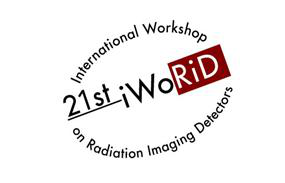Speaker
Description
The MASHA setup was developed as a high precision mass-spectrometer for heavy and super heavy elements with masses up to 450 a.m.u. The setup uses ISOL (Isotope Separation On-Line) method. The unique property of MASHA opens also great perspectives for the investigation of neutron rich nuclei produced in multinucleon transfer reactions. Mainly nuclei near the neutron N = 126 and N = 152 shell closures are of great interest. This region of nuclei is not enough investigated so far and in addition its research has direct relation to the synthesis of superheavy elements. As is known the island of stability close to super heavy elements (Z=112-118) exists due to shell effects in the nucleus. The more detailed investigation of these shell effects can greatly help in the synthesis of the next super heavy elements.
Heavy neutron rich radon isotopes were produced in multinucleon transfer reaction 40Ar + 232Th at Flerov Laboratory of Nuclear Reactions, Dubna. Radon isotopes with given mass were detected using two types of detectors: the multi-strip detector of well type (made in CANBERRA) and position-sensitive quantum counting hybrid pixel detector of the Timepix type. The position-sensitive quantum counting hybrid pixel detectors of the TIMEPIX type have an array of 256x256 square pixels of pitch size 55m for full sensitive area 14x14 mm2. Radon isotopes implanted into detector then emit alpha and beta particles reaching the long lived isotopes. The position of radon isotopes, the tracks, time and energy of beta particles were measured and analyzed. A new software for the particle recognition and data analysis of obtained results from the experiment was developed and used. It was proved that MASHA + TIMEPIX setup is a powerful instrument for investigation of neutron-rich isotopes far from stability limits.
